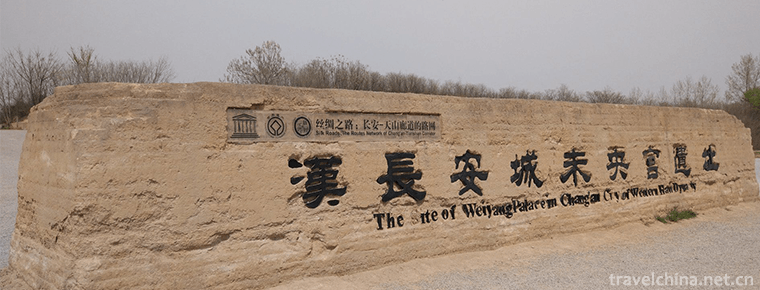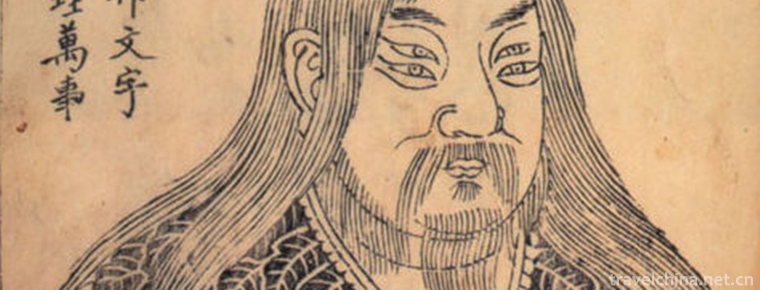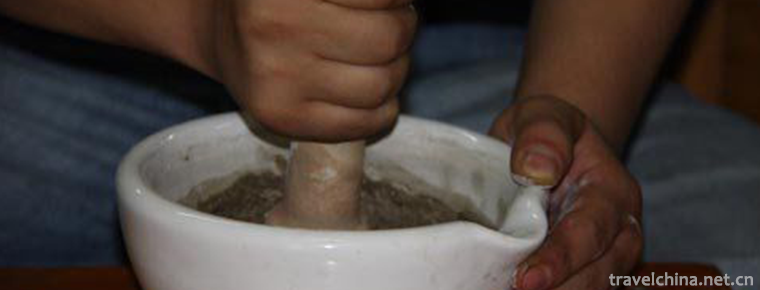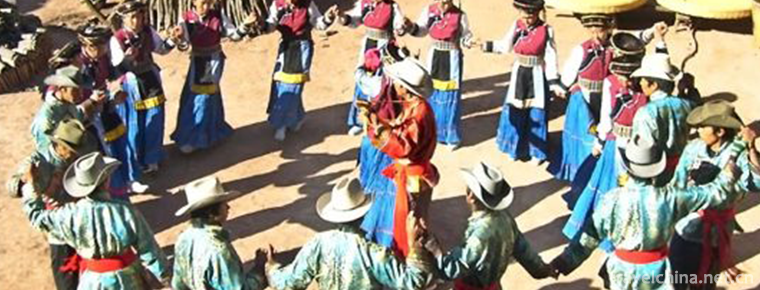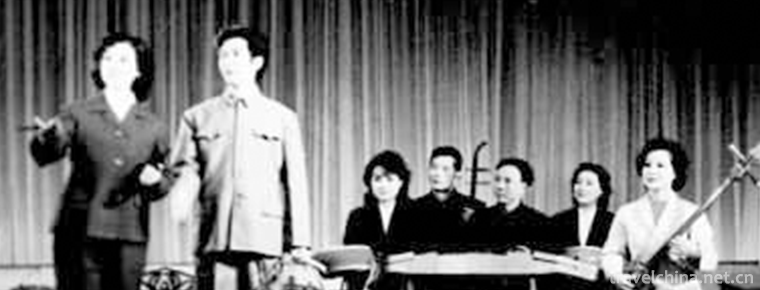Traditional Textile Dyeing Weaving and Embroidery Techniques of the Li Nationality
Traditional Textile Dyeing Weaving and Embroidery Techniques of the Li Nationality
The traditional spinning, dyeing, weaving and embroidery techniques of the Li nationality, the traditional handicraft techniques of Hainan Province, are one of the national intangible cultural heritages.
The traditional spinning, dyeing, weaving and embroidery technique of the Li nationality is a kind of textile technique created by the Li women in Hainan Province, China. It integrates spinning, dyeing, weaving and embroidery, and uses cotton, linen and other fibers as clothing and other daily necessities.
On May 20, 2006, the traditional spinning, dyeing, weaving and embroidery skills of the Li nationality were approved by the State Council of the People's Republic of China and included in the first batch of national intangible cultural heritage list, item number: _-19.
historical origin
The traditional technology of spinning, dyeing, weaving and embroidery of the Li nationality has a long history. As early as the Spring and Autumn Period and the Warring States Period, the Li nationality knew how to weave clothes with kapok fibers. It has a history of about 3000 years. "Shangshu Yugong" records: "Island Yihua clothing, Zhe Zhibei", "Island Yi" refers to the ancestors of Li people in Hainan Island, "Zhibei" is cotton fabric. It can be seen that the Li nationality had mastered the cotton spinning skills before the Warring States Period.
In the Western Han Dynasty, exquisite "wide-area cloth" was levied as "Suigong" treasure. Nanman Biography of the Book of the Later Han Dynasty records: "At the end of Emperor Wu, the grandson of the Taishou Society of Pearl Cliff made a wide-ranging contribution, which was unbearable, so he attacked the county and killed the fortune." "Geographical Records of the Han Dynasty Book" records: "Daner, Zhuya County, the people are clothed as sheets, through the central head.
In Wanzhen's Annals of Foreign Objects in Nanzhou by Wu Guoguo of the Three Kingdoms, it is stated that the Li ancestors at that time would have made "five-color Banbu" with Gibel: "Five-color Banbu resembles silk cloth, made by Gibelmu, pulled by arbitrary small axes, without interruption. If you want to be a cloth, you dye it in one color and weave it as a cloth, which is soft and thick.
The textiles of Li nationality in Song Dynasty have reached a high level. Fang Zao of the Northern Song Dynasty, Po Zhai Bian Volume 3, said: "Hainan barbarians weave towels, with fine characters and miscellaneous flowers, especially skillful, that is, the so-called white folded cloth". Li Cong's poems have the phrase "fishy fish in ink, clothes into wood on mian". Zhou Qufei of the Southern Song Dynasty wrote in his book A Drug for the Outer Ridges: "Jibei... Lei, Huahua, Lianzhou and Lidong of the South China Sea are rich, replacing silk cyanide. Hainan weaves many kinds of goods. Extremely wide, incorrect, couplet two, can be sleeping sheets, known as Li Dan; between the colorful, different patterns, four can be the curtain, known as Li decoration; five bright, can cover several cases, known as saddle; its elder, Li Ren used to dazzle waist.
In the Yuan Dynasty, Li's textile technology spread throughout the country. Wang Zheng of the Yuan Dynasty described that the "Jibeibu" of the Li nationality had been sold in Jianghuai, Sichuan and Shushu areas of China, and the excellent performances of "various artistic practices" and "dense, light and warm" were favored by people.
Li Jin in Qing Dynasty was a treasure of domestic and foreign trade. Qu Dajun, Qing Dynasty, wrote in Cantonese New Language Goods: "It comes from Qiong, or from Wu Qiyue cotton, folded color silk, and in the meantime, woven into fabrics, flowers and birds, poetry, known as Li Jin. Rich and lovely. The white is Zhao, and the variegated is quilt, which is called Lidan. The four pictures are connected by the Limun, also known as the Li Mantle. With gold as the top, there are perianth quilts.
Process characteristics
There are more than 160 kinds of patterns in Li brocade, including figures, animals, plants, flowers, living utensils, geometric patterns and so on, while the main patterns are figures, animals and plants.
Li people are divided into five major dialect areas: Kazakhstan, Qi, Run, Taiwanese and Mobil. Because of the differences in living habits and production environment, brocade patterns are also different, which makes the brocade of Li people colorful and diverse.
The patterns in Kazakh dialect area are mainly human figure and animal pattern, supplemented by plant pattern, production tool pattern and various patterns in nature. They are vivid in shape, full in composition, strong in color and rich in content.
The patterns in Qi dialect area mostly depict people's attitudes, such as dancing, production, life, marriage and so on, in order to pray for peace and prosperity.
The patterns in Run dialect area are similar in shape, harmonious in tone, distinct in contrast and clear in line, mainly with figure, dragon and pigeon patterns, supplemented by other animal, plant and flower patterns.
The pattern of Taiwanese dialect area is mostly human figure pattern and frog pattern, especially frog pattern is more common on the skirt. In Li society, frog expresses maternal love and evasion of evil.
Most of the patterns in Mobil dialect area are human, deer, bee, bird, Chinese character, water and curve. The deer is the mascot in the eyes of the Li people and the symbol of kindness and beauty.
Technological process
The traditional spinning, dyeing, weaving and embroidery techniques of Li nationality include four major processes: spinning, dyeing, weaving and embroidery.
Spinning: cotton stripping, drawing, winding into spindles.
Dyeing: Traditional dyes are plant dyes, animal dyes and mineral dyes.
Weaving: The waist loom is used for weaving; the waist loom is simple, light and easy to operate.
Embroidery: There are two kinds of traditional embroidery: one-sided embroidery and two-sided embroidery: embroidery technology can be divided into three levels according to needle method, embroidery method and fabric, combining embroidery method, color and pattern. Embroidery is exquisite, simple and natural in design, and full of unique national artistic style.
Inheritance and protection
Inheritance value
Li brocade is an indispensable part of Li people's important social and cultural occasions, such as religious ceremonies and festivals, especially marriage occasions. Li women will design beautiful clothes for themselves. As the carrier of Li culture, Li Jin's traditional textile technology is an indispensable part of Li's cultural heritage.
Inheritance status
In the 1950s, Li women generally mastered Li brocade craftsmanship. By the 1970s, less than half of them had mastered Li brocade craftsmanship. Today, there are less than 1,000 people, and most of them are over 70 years old. Fewer than 100 people have mastered the skill of dyeing and stitching, and fewer than 10 people have mastered the skill of double-sided embroidery. Most of the people who have mastered this skill have been advanced for many years. With their successive deaths and their demise, it is urgent to inherit, record, organize and study Li Jin's craft. In addition, Li minority areas belong to poor and backward areas, lacking the necessary technology, equipment and funds for heritage protection.
Inheriting characters
Rong Yamei, female, Li nationality, born in 1955, Ledong, Hainan. The first batch of national intangible cultural heritage project representative successors, Hainan Ledong Li Autonomous County declaration, declaration project: Li traditional spinning, dyeing, weaving and embroidery skills.
Liu Xianglan, female, born in March 1969, is the representative successor of the third batch of national intangible cultural heritage projects.
Fu Linzao, female, born on May 18, 1964, is the representative successor of the fourth batch of national intangible cultural heritage projects. Dongfang City, Hainan Province, declares the project: traditional spinning, dyeing, weaving and embroidery skills of the Li nationality.
protective measures
In 2006, the traditional spinning, dyeing, weaving and embroidery skills of the Li nationality were listed in the first batch of national intangible cultural heritage protection lists. Baoting County has strengthened its protection efforts by setting up national museums and exhibition halls of intangible cultural heritage list, identifying the inheritors, building seminars and heritage halls, creating inheritance villages so as to normalize the activities of inheritance, organizing skills competitions to stimulate the enthusiasm of inheritors of different ages, and establishing training bases in Vocational schools, youth activity centers and other places to train young people. Interest.
social influence
Important exhibition
On March 9, 2017, the "World-class intangible cultural heritage and documentation exhibition of Chinese minorities" opened at the Beijing National Cultural Palace, in which the traditional spinning, dyeing, weaving and embroidery skills of the Li nationality were displayed.
On May 15, 2017, the 13th Cultural Expo opened in Shenzhen Convention and Exhibition Center, in which the traditional spinning, dyeing, weaving and embroidery skills of Li nationality were displayed.

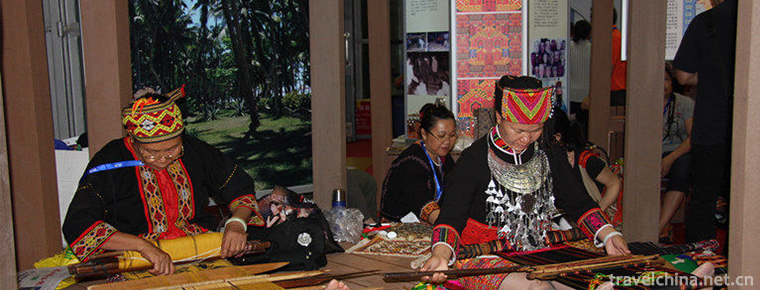
-
Shahu Sand Lake tourist attraction
In 1996, Shahu Lake was listed as one of the 35 trump-card scenic spots in China. In 2000, Shahu Lake was designated as "National Civilized Tourism Scenic Spot" by the Central Office of Spir.
Views: 152 Time 2018-12-12 -
Anbang River National Wetland Park
Anbang River National Wetland Park is built on the basis of Anbang River Provincial Wetland Nature Reserve, which is located in Shuangyashan City, Heilongjiang Province.
Views: 130 Time 2019-01-02 -
Cuiyun Lang Scenic Area
Cuiyun Corridor, also known as "Huangbai Avenue", is a green corridor composed of nearly 10,000 green roads and ancient cypresses. It is the oldest and most well-preserved ancient road traff.
Views: 110 Time 2019-01-06 -
Weiyang Palace Site in Changan City Han Dynasty
The site of Weiyang Palace in Chang'an City of Han Dynasty, located in the southwestern part of the site of Weiyang District, Xi'an City, Shaanxi Province, was built in the seventh year of Han Gaozu (.
Views: 124 Time 2019-01-13 -
Legend of Cang Jie
Cangjie Legend is an ancient Chinese folklore. The story of Cangjie's writing originated from the Yan and Huang Dynasties and has a history of 5,000 years. Legend has it that in .
Views: 183 Time 2019-04-04 -
Production Techniques of Tibetan Mineral Plant Pigments
Since the emergence of human beings, mineral pigments have been accompanied by human beings. Mineral pigments were first used to draw murals.
Views: 204 Time 2019-04-09 -
Ceramic Firing Techniques of Dengfeng Kiln
Dengfeng kiln ceramics firing technology is a National Intangible Cultural Heritage Representative project. Historical records began in the Tang Dynasty and flourished in the Song Dynasty..
Views: 156 Time 2019-04-26 -
Maonan Fat Cover
"Fat set" is the general name of Maonan people's vow-making activities. It prevailed in the Ming and Qing Dynasties. At the beginning, Maonan people used Nuo rituals to sacrifice the heavens.
Views: 78 Time 2019-05-27 -
Miao Drum and Tibetan Festival
Guzang Festival, also known as the Drum Festival, is a ceremony for the Miao tribe to sacrifice the gods of their ancestors, commonly known as "eating drums and hiding". Guzang Festival exis.
Views: 128 Time 2019-06-05 -
Pumi rubbing
Pumi nationality rubbing "rubbing consultation" is Pumi language, "rubbing" means dancing, "rubbing" means dancing, that is, dancing. When dancing, the leader strikes the.
Views: 307 Time 2019-06-09 -
Sichuan ballad singing
Sichuan Qingyin, formerly known as Pipa and Yueqin, is one of the traditional operas in Sichuan Province. In the 1930s, Qingyin Song Concerts or Improvement Meetings were set up in Chengdu and Chongqi.
Views: 199 Time 2019-06-16 -
Yibin university
Yibin College is located in Yibin City, Sichuan Province, which is a famous national historical and cultural city. It is a full-time comprehensive undergraduate college with beautiful environment and .
Views: 159 Time 2019-08-31



